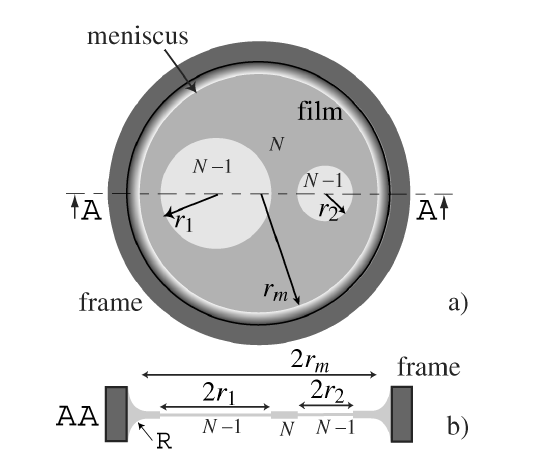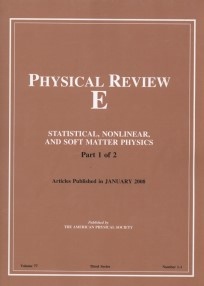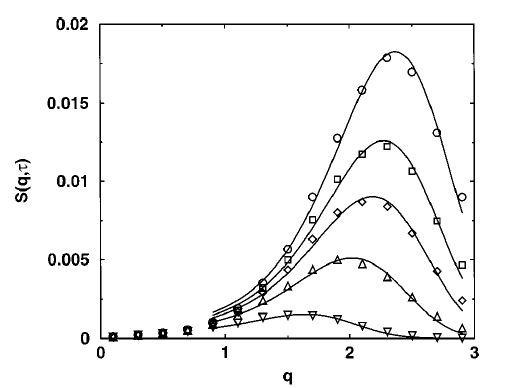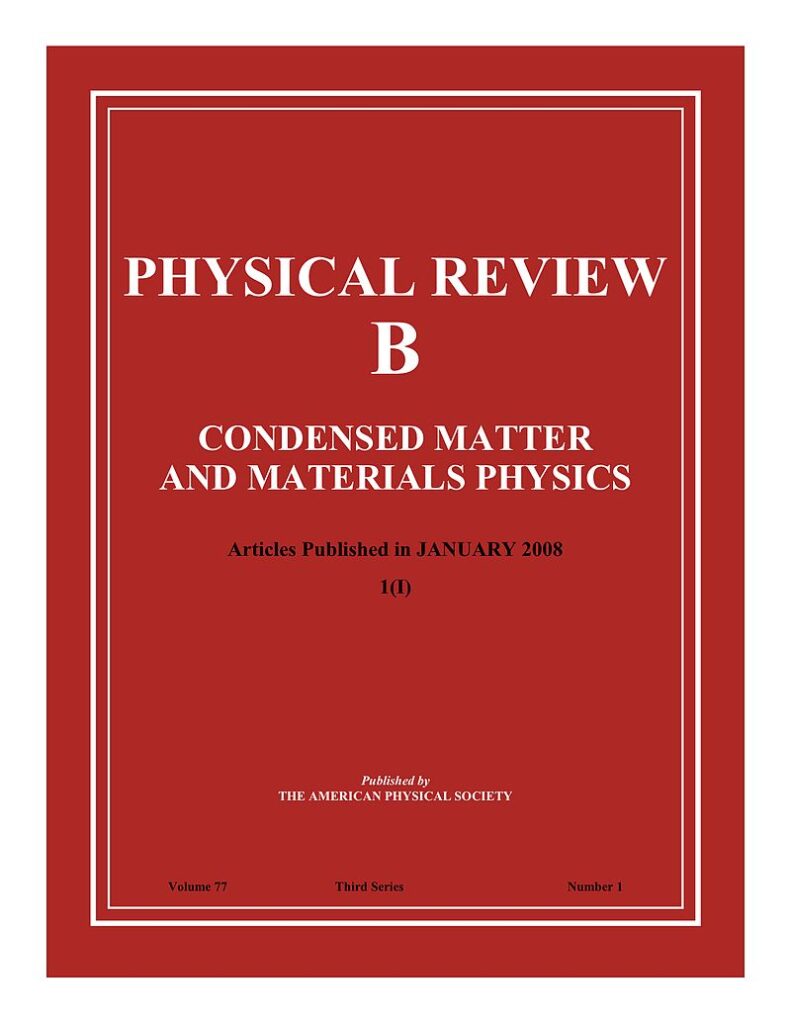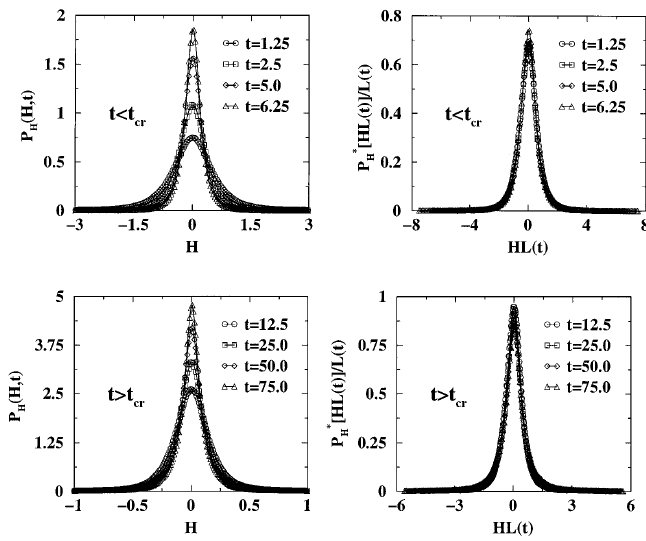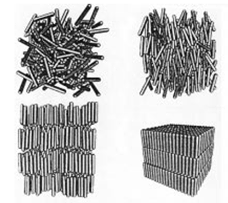
Morphology of Surfaces in Mesoscopic Polymers, Surfactants, Electrons, or Reaction–Diffusion Systems: Methods, Simulations, and Measurements
A. Aksimentiev, M. Fiałkowski and R. Hołyst
Advances in Chemical Physics, 2002, 121, 141-239
In this chapter the authors discuss systems with internal surfaces, ordered surfaces, topological transformations, and dynamical scaling. In Section II the authors show specific examples of mesoscopic systems with special attention devoted to the surfaces in the system—that is, periodic surfaces in surfactant systems, periodic surfaces in diblock copolymers, bicontinuous disordered interfaces in spinodally decomposing blends, ordered charge density wave patterns in electron liquids, and dissipative structures in reaction–diffusion systems. Section III covers the theory of morphological measures, including the Euler characteristic and the Gaussian and mean curvatures.

